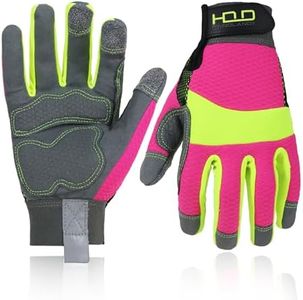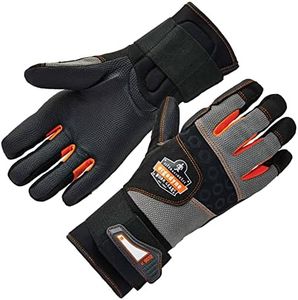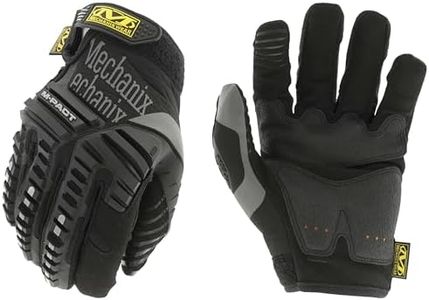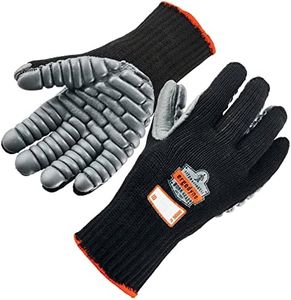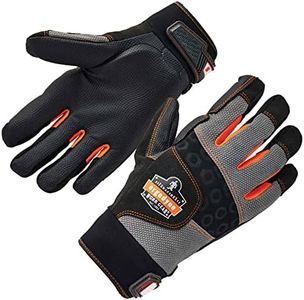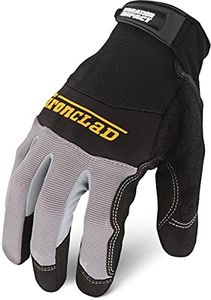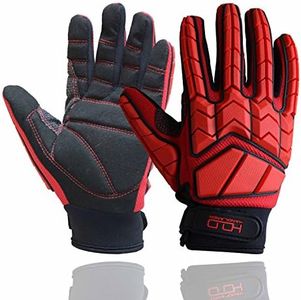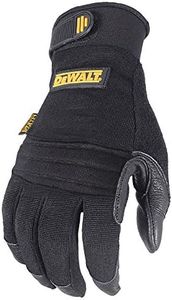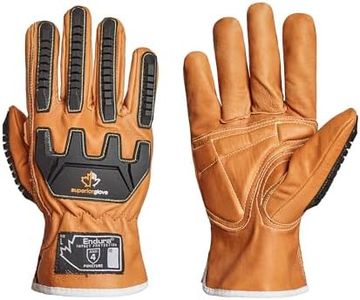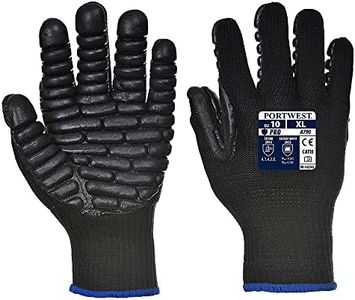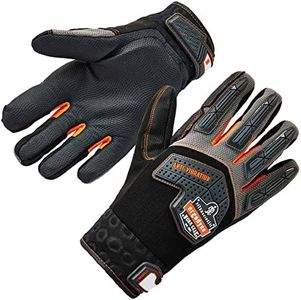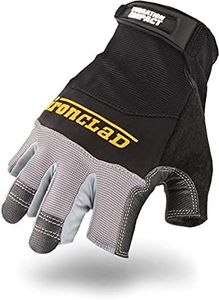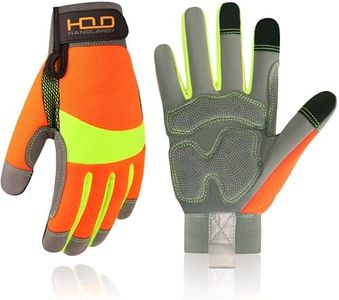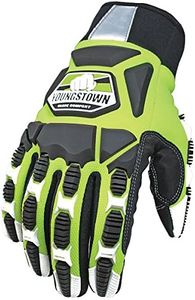We Use CookiesWe use cookies to enhance the security, performance,
functionality and for analytical and promotional activities. By continuing to browse this site you
are agreeing to our privacy policy
10 Best Anti Vibration Gloves
From leading brands and best sellers available on the web.Buying Guide for the Best Anti Vibration Gloves
When shopping for anti-vibration gloves, the main goal is to protect your hands from the harmful effects of prolonged exposure to vibrations, which can come from using tools like drills, chainsaws, or jackhammers. The right pair reduces your risk of hand fatigue, tingling, or long-term conditions like Hand-Arm Vibration Syndrome (HAVS). It’s important to consider how often and how intensively you'll use the gloves, as different jobs and tools produce different vibration levels. Fit and comfort are also key, as gloves that are too loose or tight may not provide the right protection or could be uncomfortable to wear for long periods.Vibration Reduction PerformanceThis refers to how well the gloves can absorb and dampen vibrations from tools and equipment. It’s crucial because not all gloves are equally effective, and the work you’re doing might require maximum protection. Light, medium, and heavy vibration dampening are common distinctions; choose lighter protection for low-vibration or occasional tool use, and higher protection for frequent, intense jobs.
Comfort and FitA good fit ensures the gloves can do their job without slipping, bunching, or restricting your movement. If gloves are too tight, they can reduce blood flow, while loose gloves may move around and fail to protect. Look for sizing charts and adjustable features if you need a more custom fit. Use your hand size and the amount of time you’ll wear them as guides.
MaterialAnti-vibration gloves use different materials, such as leather, synthetic fibers, and special padding like gel or foam in the palm and fingers. Softer gel and foams are more comfortable and absorb more vibrations, while tougher materials increase durability. If you need gloves for rough work with sharp or abrasive objects, sturdier outer materials are important.
GripThe palm and finger area may be textured or coated for better grasp of tools and materials. A solid grip is important, especially if you’re working in wet or oily conditions. If grip is a high priority—for example, when handling slippery power tools—look for textured or rubberized palms.
BreathabilitySince you may be wearing these gloves for long stretches, how well they let your hands breathe can make a big difference in comfort. Some gloves have mesh or air holes to keep hands cooler. For hot environments or extended wear, prioritize breathability.
DurabilityDurability involves the glove’s ability to withstand wear and tear from heavy or repetitive work. This can depend on reinforced stitching, extra padding, or tougher outer layers. If your job is demanding, or you expect to use the gloves often, selecting a more durable pair may save you frustration in the long run.
